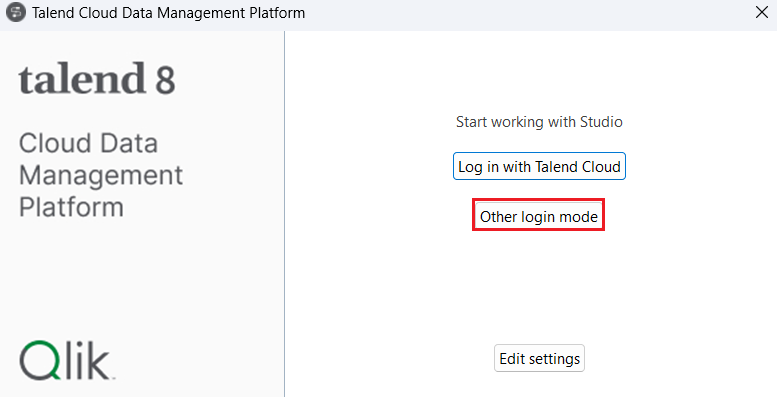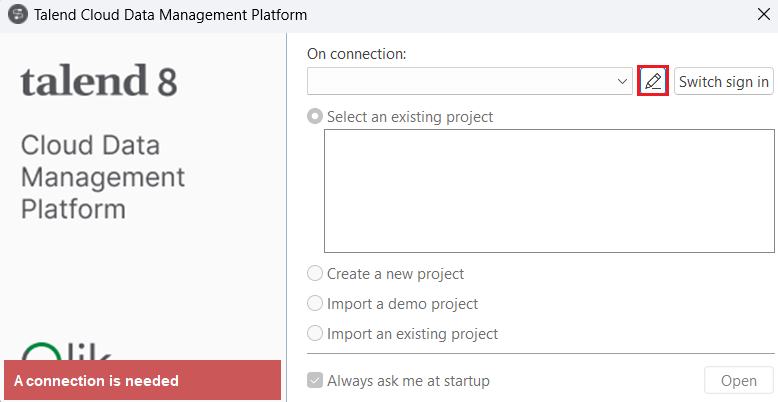Discover how a bimodal integration strategy can address the major data management challenges facing your organization today.
Get the Report →Connect to SAP Data and Transfer Data in Talend
Integrate SAP data with standard components and data source configuration wizards in Talend Open Studio.
This article shows how you can easily integrate the CData JDBC driver for SAP into your workflow in Talend. This article uses the CData JDBC Driver for SAP to transfer SAP data in a job flow in Talend.
Connect to SAP in Talend as a JDBC Data Source
You can follow the procedure below to establish a JDBC connection to SAP:
- Add a new database connection to SAP data: To add a new connection, expand the Metadata node, right-click the Db Connections node, and then click Create Connection.
- In the resulting wizard, enter a name for the connection.
On the next page, select Generic JDBC from the DB Type menu and enter the JDBC URL.
The driver supports connecting to an SAP system using the SAP Java Connector (SAP JCo). Install the files (sapjco3.jar and sapjco3.dll) to the appropriate directory for the hosting application or platform. See the "Getting Started" chapter in the help documentation for information on using the SAP JCo files.
In addition, you can connect to an SAP system using Web services (SOAP). To use Web services, you must enable SOAP access to your SAP system and set the Client, RFCUrl, User, and Password properties, under the Authentication section.
For more information, see this guide on obtaining the connection properties needed to connect to any SAP system.
Built-in Connection String Designer
For assistance in constructing the JDBC URL, use the connection string designer built into the SAP JDBC Driver. Either double-click the JAR file or execute the jar file from the command-line.
java -jar cdata.jdbc.saperp.jarFill in the connection properties and copy the connection string to the clipboard.
![Using the built-in connection string designer to generate a JDBC URL (Salesforce is shown.)]()
A typical JDBC URL is below:
jdbc:saperp:Host=sap.mydomain.com;User=EXT90033;Password=xxx;Client=800;System Number=09;ConnectionType=Classic;Location=C:/mysapschemafolder;- Enter the path to the cdata.jdbc.saperp.jar file, located in the lib subfolder of the installation directory.
![The connection to the JDBC data source. (QuickBooks is shown.)]()
- Right-click the connection and then click Retrieve Schema.
- Click Next with the default options to select the tables you want to import.
- Finish the wizard with the default options.
Output the MARA Table to a Flat File
You can follow the procedure below to transfer the MARA table to a flat file output component:
- In the Table Schemas node, drag the tables to the workspace.
- In the dialog that is displayed, select the tJDBCInput component.
- Next, drag a tFileOutputDelimited component from the Business Intelligence tab of the Palette into the workspace.
- Right-click the MARA tJDBCInput component and drag a vector to the output file.
![A simple transfer to a flat file. (QuickBooks is shown.)]()
Run the project to transfer the data.









